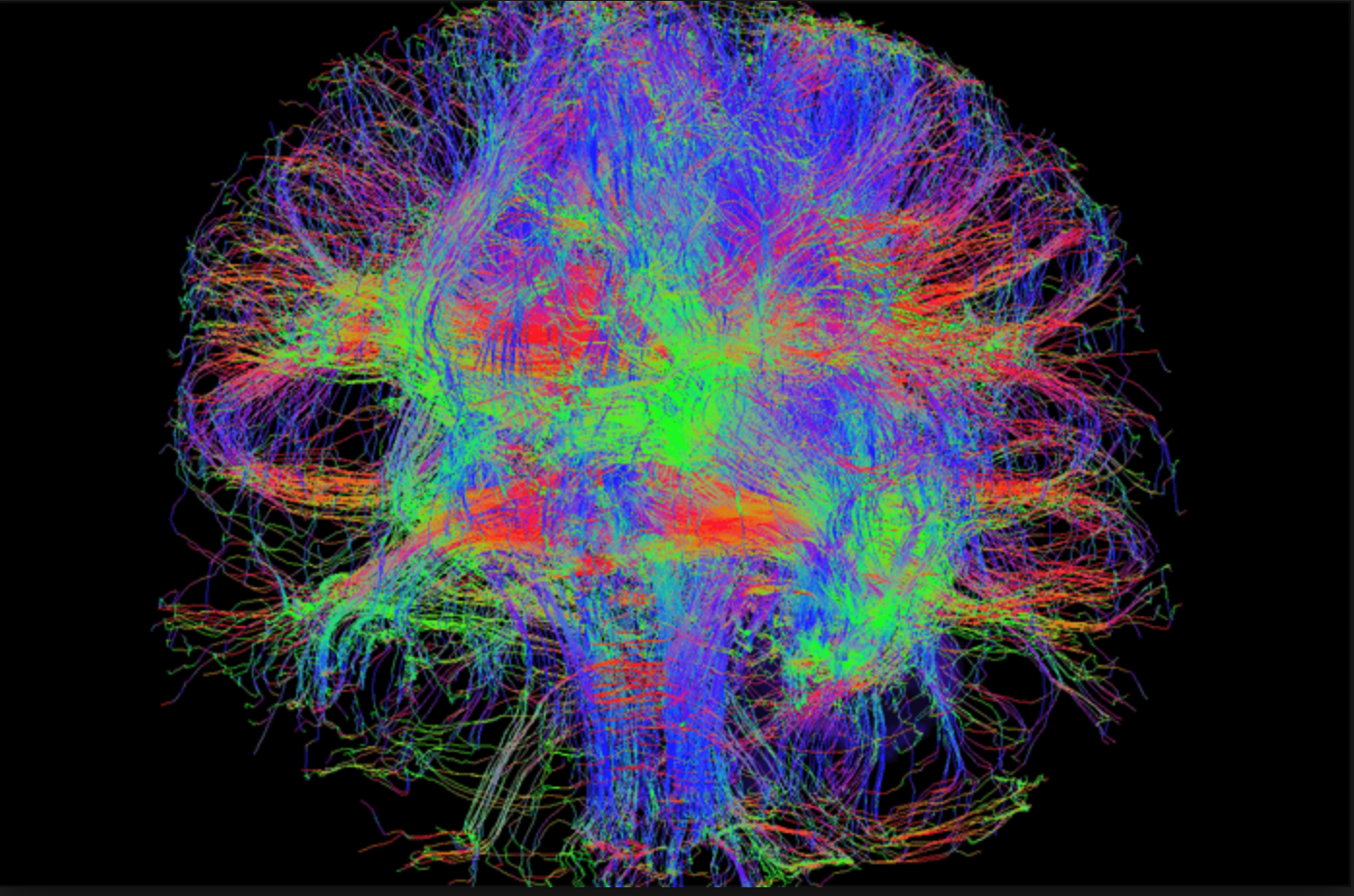
Addiction was once defined in terms of the physical symptoms of withdrawal, such as nausea and cramps (in the case of heroin) or delirium tremens (in the case of alcohol), which result from physiological changes in the cells of an addict’s body. Now, however, we understand addiction on an even higher level. Fundamentally, addiction results from the hijacking of specific neurological pathways by various drugs--ultimately affecting individual personality, learning, and and experience. This occurs because addictive drugs generally mimic natural rewards like food and sex that stimulate a form of happiness, needed to survive, within the brain. Think about the brain as a giant tangle of wires. Each wire represents a specific neural pathway, made up of a series of nerve cells called neurons. Most drugs act in a network of neural pathways collectively known as the reward circuitry, which is responsible for enjoyment. Therefore, by taking control of this neural junction, addictive drugs rewire your brain to physically depend on the drug in order to survive - and if you don’t get some, you suffer the same physiological consequences as you would if you lacked any other required nourishing substance.

You must understand alcohol or drug addiction and its causes before you can overcome them. The factors that lead to substance abuse and addiction are different for each person. We explain how drugs affect your body, the reasons people turn to them, and how to recover from alcoholism and other substance abuse disorders.
Signals travel from one nerve cell (AKA neuron) to another chemically by the release of molecules called neurotransmitters, which bind to receptors on the next neuron. One particular neurotransmitter, dopamine, is prominently used in the reward circuitry of the brain. Most addictive drugs cause an increase in the amount of dopamine present, which causes the brain to prune out, or get rid of, extra receptors. When dopamine levels are normal, without the drug, there aren’t enough receptors for you to feel happy (and function properly, since the reward pathway connects to a lot of other important brain structures), so you physically need the drug to experience normality. You are now addicted. Click 'Read More' for a more detailed, step-by-step explanation.
READ MOREWhile nearly all addictive drugs affect dopamine in the reward pathway in some way, they differ in the way they increase dopamine in the synapse (the space between two neurons where neurotransmitters are released into). Drugs called stimulants heighten the activity of the nervous system, while drugs called depressants decrease it. Click 'Read More' for a detailed explanation behind the pathways of different drugs and the distinct ways they increase dopamine levels in the synapse.
READ MOREThe adolescent brain changes at a rate faster than that of adults, undergoing a process known as neuroplasticity. Here, neurons form different synaptic connections with other neurons, receptors are pruned, and different proteins are expressed. Since plasticity allows new learned information to be stored, teens have a greater potential to learn physical dependence. And because brain structures, including the hippocampus, amygdala, and prefrontal cortex, are not fully developed yet, adolescents are more susceptible to long-term brain damage. Click 'Read More' for an elaborated explanation.
READ MORE